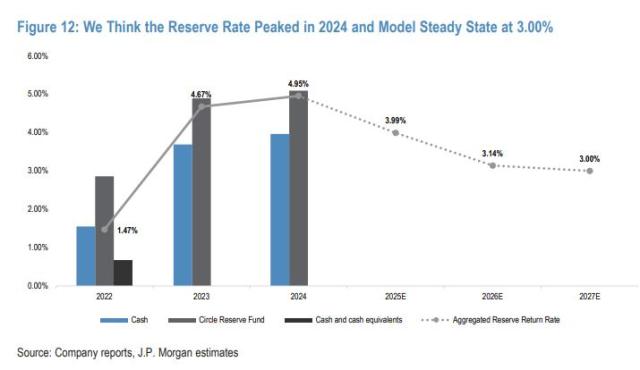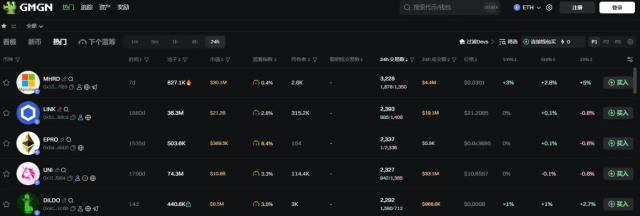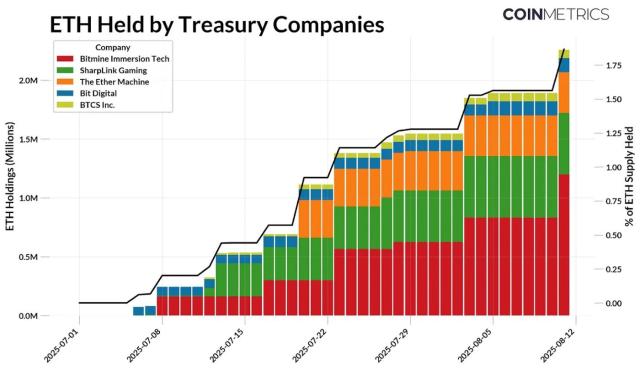

After its first earnings report since going public, Circle submitted a complex answer of "accounting loss and operational growth": Total revenue and reserve earnings in the second quarter were $658 million, a 53% year-on-year increase, with adjusted EBITDA of $126 million, a 52% year-on-year increase. Meanwhile, USDC continued to expand in circulation, with end-of-period circulation reaching $61.3 billion and a 28% market share in the stablecoin market. However, due to the combined impact of two non-cash factors triggered by the IPO - large share-based compensation and fair value changes in convertible bonds totaling $591 million - the company recorded a net loss of $482 million.
Beyond the earnings report, the competitive framework of the industry was quickly rewritten this summer. The "GENIUS Act" was officially implemented, bringing the boundary between "bank-issued stablecoins" and "licensed non-bank issuers" to the forefront. Circle's Chief Strategy Officer Dante Disparte candidly stated in a recent interview: The real competition is just beginning, and it remains uncertain whether banks will rashly issue coins.
Circle's collaboration landscape is also expanding.
Management mentioned in the earnings call the deepening cooperation with mainstream exchanges like Binance and OKX, as well as integration with payment networks such as Stripe, Visa, Mastercard, and banking infrastructure providers like Fiserv. Meanwhile, the rise of USDC balance on the Coinbase platform and new partner distribution agreements have also increased distribution-related costs this quarter. These structural tensions of "growth-sharing-cost" are shaping USDC's business model and ecosystem distribution path.
Simultaneously, Circle announced its self-developed blockchain Arc for stablecoin finance. Using USDC as the native Gas, it aims for ultra-high settlement speed and low volatility fees, and introduces optional privacy and compliance-auditable disclosure mechanisms for institutional scenarios, seen as a key step from "single issuer" to "full-stack platform".
Last night, Circle CEO Jeremy Allaire answered the most concerned questions in the earnings call and The Information live interview:
1. Why is there an accounting loss under high growth?
2. The future competitive relationship between banks and non-bank stablecoins under the "GENIUS Act" context;
3. "Game-like cooperation" with exchanges and layout of new partners;
4. Whether considering applying for a license in Hong Kong;
5. Strategic goals and industry ecosystem position of the Arc chain
BlockBeats has integrated the key questions and answers to help readers quickly and accurately understand Circle management's views on the industry and the company's plans (to read the full earnings call, please refer to the "Circle 2025 Q2 Earnings Call Transcript" below):

...
For complete content, please read the Beating official account
Click to learn about BlockBeats job openings
Welcome to join the BlockBeats official community:
Telegram Subscription Group: https://t.me/theblockbeats
Telegram Communication Group: https://t.me/BlockBeats_App
Official Twitter Account: https://twitter.com/BlockBeatsAsia







